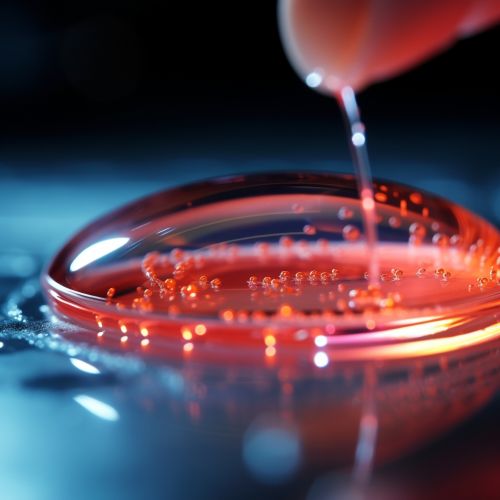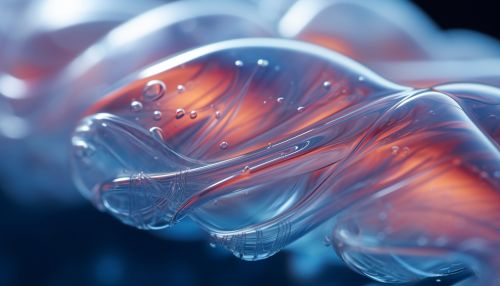The Role of Hydrogels in Drug Delivery Systems
Introduction
Hydrogels are three-dimensional, hydrophilic, polymeric networks capable of absorbing large amounts of water or biological fluids. Due to their high water content, porosity and soft consistency, they closely mimic natural living tissue, more than any other class of synthetic biomaterials. This unique set of properties has led to the extensive use of hydrogels in a variety of applications, including drug delivery systems.
Hydrogel Properties
Hydrogels possess a number of properties that make them ideal for use in drug delivery systems. These include:
- High water content: Hydrogels can absorb and retain large amounts of water, which allows them to swell and release drugs in a controlled manner.
- Biocompatibility: Hydrogels are generally non-toxic and do not cause adverse reactions when used in the body.
- Versatility: Hydrogels can be engineered to respond to a variety of stimuli, such as temperature, pH, and light, allowing for targeted drug delivery.


Drug Delivery Mechanisms
There are several mechanisms by which hydrogels can deliver drugs to the body. These include:
- Diffusion: The most common mechanism of drug release from hydrogels is diffusion. This involves the movement of drug molecules from a region of high concentration (inside the hydrogel) to a region of low concentration (outside the hydrogel).
- Swelling-controlled release: In this mechanism, the hydrogel swells upon contact with body fluids, causing the drug to be released.
- Environmentally responsive release: Hydrogels can be designed to respond to specific environmental stimuli, such as changes in pH or temperature. This allows for targeted drug delivery.
Applications of Hydrogels in Drug Delivery
Hydrogels have been used in a variety of drug delivery applications, including:
- Oral drug delivery: Hydrogels can be used to deliver drugs orally. They can protect drugs from the harsh conditions of the stomach and release them in the intestines where they can be absorbed.
- Topical drug delivery: Hydrogels can be used to deliver drugs to the skin or eyes. They provide a moist environment that promotes healing and allows for the controlled release of drugs.
- Injectable drug delivery: Hydrogels can be used to deliver drugs via injection. They can be injected as a liquid and then solidify in the body to form a drug-releasing depot.
Challenges and Future Directions
While hydrogels have shown great promise in drug delivery, there are still several challenges that need to be addressed. These include improving the mechanical strength of hydrogels, developing methods for large-scale production, and ensuring the safety and efficacy of hydrogel-based drug delivery systems.
Despite these challenges, the future of hydrogels in drug delivery looks promising. Advances in materials science and engineering are leading to the development of new types of hydrogels with improved properties. In addition, the growing understanding of the biological and physiological processes involved in drug delivery is leading to the design of more effective hydrogel-based drug delivery systems.
